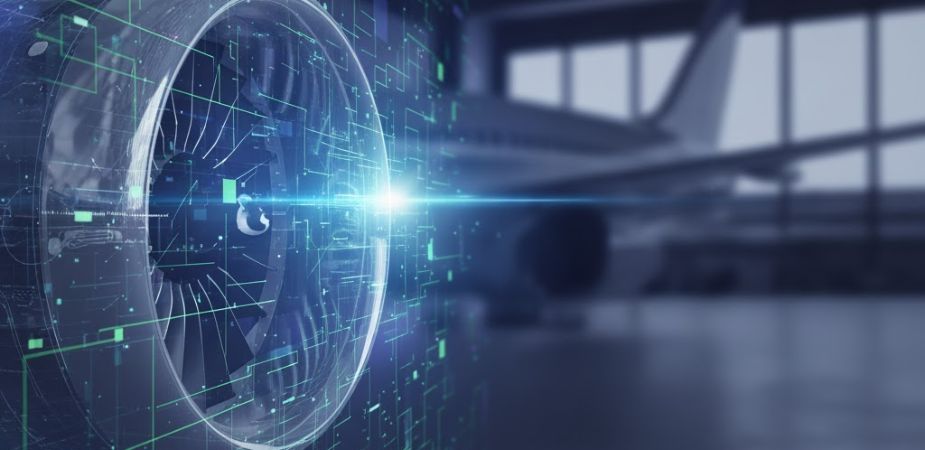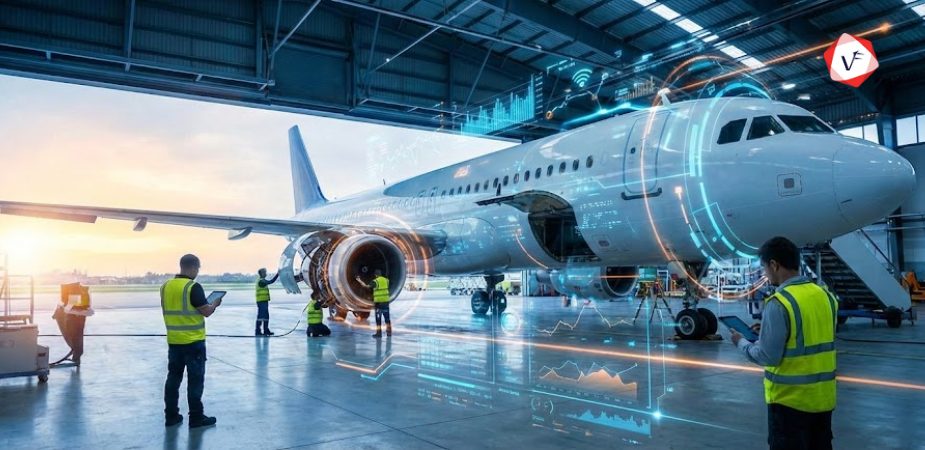The Evolution from Manual to Digital Aviation Maintenance
Historically, aviation maintenance has relied heavily on manual processes, paper-based documentation, and human expertise to ensure aircraft airworthiness. Maintenance technicians would manually inspect aircraft components, record findings on paper forms, and rely on experience-based decision-making to prioritize repair tasks. These traditional aviation maintenance approaches, while effective for their time, presented significant limitations in terms of efficiency, accuracy, and scalability.
Digital transformation in aviation maintenance has introduced revolutionary changes to these established practices. Modern maintenance operations now leverage advanced technologies such as Internet of Things (IoT) sensors, artificial intelligence, machine learning algorithms, and cloud-based platforms to create comprehensive smart ranking systems. These digital solutions enable real-time monitoring of aircraft components, predictive maintenance scheduling, and automated prioritization of critical maintenance tasks.
The transition from manual processes to digital aviation maintenance systems has dramatically improved maintenance accuracy and reduced human error. Smart ranking systems can analyze vast amounts of historical maintenance data, component performance metrics, and operational parameters to identify patterns and predict potential failures before they occur. This proactive approach to aviation maintenance significantly enhances safety while reducing unexpected aircraft downtime and associated costs.
Key Technologies Driving Digital Transformation
Several cutting-edge technologies are propelling digital transformation in aviation maintenance forward. Predictive analytics platforms utilize machine learning algorithms to analyze historical maintenance records, component lifecycle data, and real-time sensor information to forecast maintenance requirements. These smart ranking systems can prioritize maintenance tasks based on criticality, availability of parts, technician skills, and aircraft utilization schedules.
Augmented reality (AR) and virtual reality (VR) technologies are revolutionizing how maintenance technicians interact with aircraft systems. Digital work instructions delivered through AR devices provide step-by-step guidance during complex maintenance procedures, reducing errors and improving efficiency. These technologies represent a significant leap forward in digital transformation initiatives within aviation maintenance operations.
Mobile applications and tablets have replaced traditional paper-based documentation systems, enabling technicians to access real-time maintenance information, update work orders instantly, and communicate seamlessly with maintenance control centers. Cloud-based platforms ensure that all stakeholders have access to current aircraft status information, facilitating better coordination and decision-making across aviation maintenance teams.
Blockchain technology is emerging as a powerful tool for ensuring data integrity and traceability in aviation maintenance records. Smart ranking systems integrated with blockchain capabilities provide immutable audit trails for all maintenance activities, enhancing regulatory compliance and supporting airworthiness certification processes.
Benefits of Smart Ranking Systems in Aviation Maintenance
Smart ranking systems represent a cornerstone of digital transformation in aviation maintenance, offering numerous advantages over traditional manual prioritization methods. These intelligent systems analyze multiple variables simultaneously, including component criticality, maintenance history, parts availability, technician expertise, and aircraft scheduling requirements to create optimized maintenance work sequences.
The implementation of smart ranking systems in aviation maintenance has resulted in significant improvements in maintenance planning efficiency. Airlines report reductions in aircraft ground time, better resource utilization, and improved on-time performance as direct results of implementing these digital transformation initiatives. Smart ranking systems enable maintenance planners to visualize maintenance workloads, identify potential bottlenecks, and adjust schedules proactively to optimize aircraft availability.
Cost reduction represents another major benefit of digital transformation in aviation maintenance. Smart ranking systems help organizations minimize inventory carrying costs by providing accurate predictions of parts requirements and optimal procurement timing. Additionally, these systems reduce unnecessary maintenance activities by identifying components that can safely operate beyond traditional replacement intervals based on actual condition data rather than fixed time limits.
Challenges and Implementation Considerations
Despite the clear benefits, implementing digital transformation in aviation maintenance presents several challenges that organizations must carefully navigate. Legacy system integration remains a significant hurdle, as many airlines operate with decades-old maintenance information systems that were not designed to interface with modern smart ranking platforms.
Change management represents another critical challenge in aviation maintenance digital transformation initiatives. Maintenance technicians and planners who have relied on manual processes for years may resist adopting new technologies. Successful implementation requires comprehensive training programs, clear communication about benefits, and gradual transition strategies that allow personnel to adapt to new smart ranking systems progressively.
Data quality and standardization issues can significantly impact the effectiveness of smart ranking systems in aviation maintenance. Inconsistent data formats, incomplete historical records, and varying maintenance practices across different aircraft types or maintenance facilities can limit the accuracy of predictive algorithms and ranking methodologies.
Cybersecurity concerns also require careful attention during digital transformation in aviation maintenance. Smart ranking systems that connect to aircraft systems, maintenance databases, and external suppliers create potential vulnerabilities that must be addressed through robust security protocols and regular vulnerability assessments.
Future Outlook and Emerging Trends
The future of digital transformation in aviation maintenance promises even more sophisticated smart ranking systems powered by artificial intelligence and machine learning capabilities. Advanced algorithms will continuously learn from maintenance outcomes, refining their predictions and recommendations to achieve unprecedented levels of accuracy and efficiency.
Integration with aircraft health monitoring systems will enable smart ranking systems to incorporate real-time component condition data directly from aircraft sensors, creating truly predictive maintenance capabilities. This level of integration represents the ultimate goal of digital transformation in aviation maintenance—seamless, automated maintenance planning that maximizes safety while minimizing costs and operational disruptions.
Edge computing technologies will enable local processing of maintenance data at airport locations, reducing latency and improving the responsiveness of smart ranking systems. This technological advancement will support real-time decision-making capabilities that are essential for dynamic aviation maintenance environments.
Final Thoughts
Digital transformation in aviation maintenance has fundamentally changed how the industry approaches aircraft maintenance planning and execution. The evolution from manual processes to sophisticated smart ranking systems has delivered measurable improvements in safety, efficiency, and cost-effectiveness. Organizations that embrace these digital transformation initiatives position themselves for long-term success in an increasingly competitive aviation market. As the industry continues to evolve, smart ranking systems will become even more intelligent and integrated, further enhancing aviation maintenance operations. For organizations seeking to accelerate their digital transformation journey, solutions like Vofox’s FlightInsightAI and SpecOptimizer represent excellent options for implementing cutting-edge aviation maintenance technologies — contact us today to learn more.





